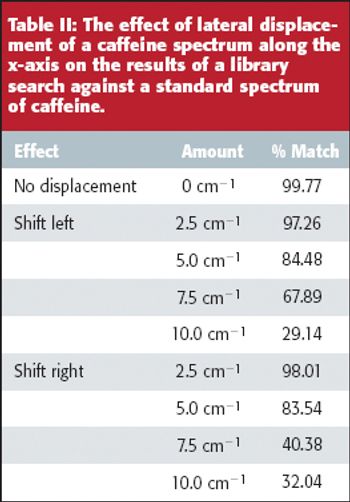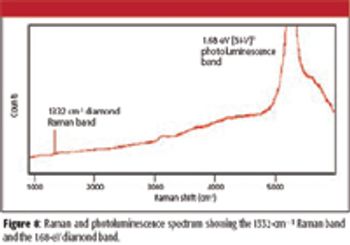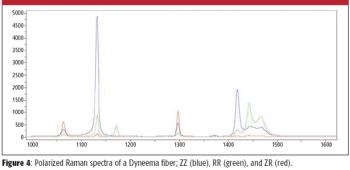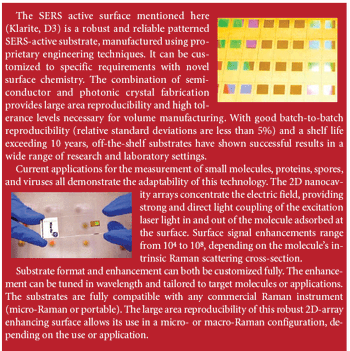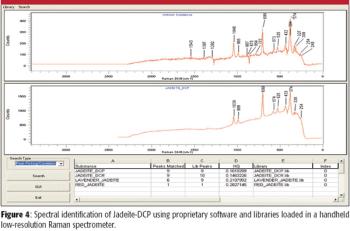
Special Issues
Raman spectroscopy is going through a major revolution with the continuous introduction of new fiber-based modular systems for low-resolution applications. More and more scientists are discovering what Raman spectroscopy can do for their research, education, and commercial applications thanks to the low costs and flexibility this new technology is providing. New applications and prospects are presented each day, and it is important to understand the advantages and limitations that this user-friendly analytical technique can provide to address these opportunities with a scientific approach.

